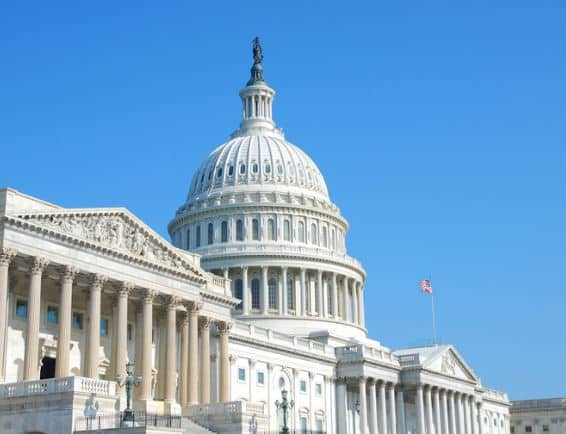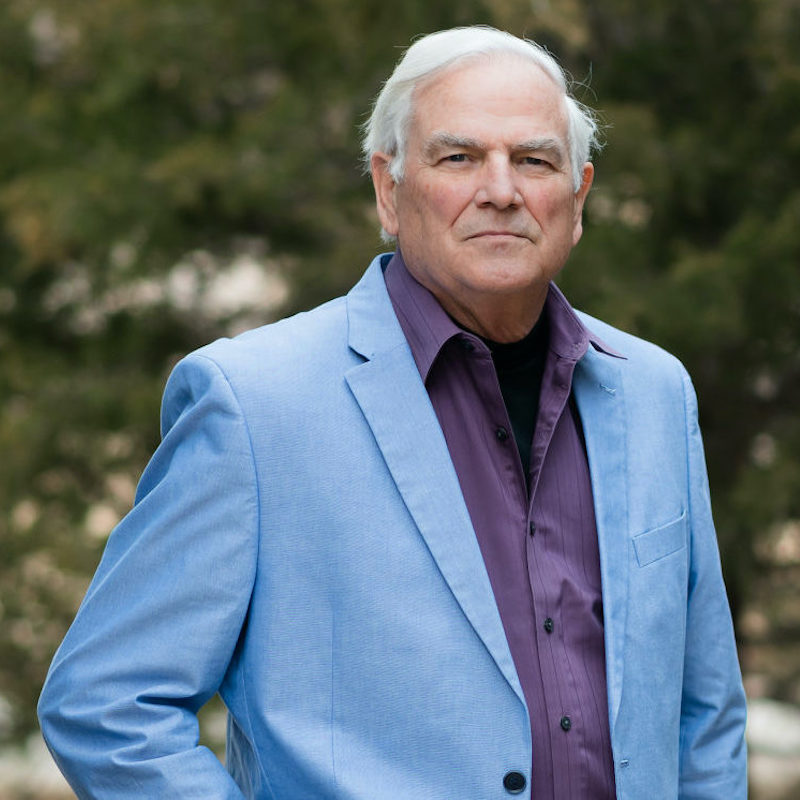Captioning of television and movies is a staple of the environment these days. Something that young audiologists of the 1970s were not able to recommend to their patients to enjoy entertainment as well as educational films.
Later, at least in the US, with a “decoder” device hooked to the television hearing impaired individuals could actually interact with the television for news, sports and other entertainment.
But where did closed captioning come from? How did it become an integral part of broadcasting in most countries? Who was instrumental in bringing captioning of films and television to the deaf and hard of hearing?
Origins of Captions for Film
Until 1927, individuals who were deaf or hard of hearing enjoyed movies, able to follow them through captions inserted between scenes or by intuitively understanding silent films, which often featured slapstick comedy. However, with the introduction of “talkies” or films with synchronized sound, directors excluded captions, deeming them an unnecessary disruption, thus alienating the deaf and hard of hearing audience. Attempts were made to reintroduce captions by splicing films or presenting them on separate screens but were largely unsuccessful until the late 1940s.
In 1947, Emerson Romero (stage name: Tommy Albert), a deaf actor and relative of the famous movie star Cesar Romero, pioneered the first captioning method by placing captions between picture frames. While Albert’s method did not gain widespread traction, techniques developed in Belgium in 1949 utilized etchings on films for captioning.
Edmund Burke Boatner, Superintendent of the American School for the Deaf, and Dr. Clarence D. O’Connor, Superintendent of the New York Lexington School for the Deaf, adapted this Belgian method to establish Captioned Films for the Deaf.
Supported initially by funds raised by the Junior League of Hartford, Connecticut, Captioned Films for the Deaf captioned and distributed 29 educational and Hollywood films to schools for the deaf from 1949 to 1958. Despite attracting Hollywood figures to their board, such as Katherine Hepburn and Louise Tredwell Tracy, limited funding for captioning and industry concerns about movie piracy severely constrained their operations.
Consequently, there were calls for the US federal government to take over the management of Captioned Films for the Deaf.
Captions: Government Funding Made a Big Difference!
 In 1958, the United States Congress established Captioned Films for the Deaf through Public Law 85-905, initiating a government agency responsible for adding captions to motion pictures and later television shows. Under the leadership of John Gough, a teacher for the deaf and former superintendent of the Oklahoma School for the Deaf with extensive business experience, the agency gained substantial success, starting in 1959 with an initial budget of $78,000.
In 1958, the United States Congress established Captioned Films for the Deaf through Public Law 85-905, initiating a government agency responsible for adding captions to motion pictures and later television shows. Under the leadership of John Gough, a teacher for the deaf and former superintendent of the Oklahoma School for the Deaf with extensive business experience, the agency gained substantial success, starting in 1959 with an initial budget of $78,000.
By the early 1960s, the agency was renamed Media for the Handicapped, boasting a multimillion-dollar annual budget dedicated to captioning various film types. Gough expanded the agency’s scope through successive laws during the 1960s.
Dr. Malcom J. Norwood, a young deaf colleague, later took charge, authorizing the production, procurement, and distribution of captioned theatrical, documentary, and educational films along with media equipment to schools, clubs, and deaf organizations nationwide, further elevating its impact.
Dr. Malcom J. Norwood – The Father of Closed Captioning

Malcom Norwood. Image credit: DCMP
Born in Harford, Connecticut, on March 16, 1927, he lost his hearing at age 5 due to measles and scarlet fever. Graduating from the American School for the Deaf in 1943 and later from Gallaudet College in 1949, he attained an undergraduate degree, followed by a Master’s in Education in 1957 and a Doctor of Education in Information Technology in 1976 from the University of Harford. He also received an Honorary Doctorate from Gallaudet University in 1988.
Teaching at various schools for the deaf, including the Texas School for the Deaf, American School for the Deaf, and the West Virginia School for the Deaf & Blind, Dr. Norwood, known as “Mac,” earned recognition in the deaf and hard of hearing community as the influential figure referred to as “the father of closed captioning.” Renowned as one of the “great deaf Americans” in a book celebrating the achievements of 77 outstanding deaf individuals, Dr. Norwood left a significant impact on accessibility for people with disabilities.
Though not the initial director of the Captioned Films for the Deaf program (now the Described and Captioned Media Program, DCMP), he joined John Gough’s team in 1962 and eventually became its anchor and leader, serving as its chief from 1972 until his retirement in 1988.
As the first deaf professional to work at the Department of Education and lead a major program within the department, Dr. Norwood advocated for closed captioning development on television during the exclusion of the Deaf community in the 1950s and 1960s. He played a pivotal role in popularizing the captioning technique, initially using special caption decoders and later integrating it into television circuitry.
Dr. Norwood’s pioneering efforts in making television and film accessible to individuals with disabilities served as an inspiration for others in the field. His legacy continued to influence individuals and companies in their pursuit of accessibility. Dr. Malcom J. Norwood passed away on March 22, 1989.
Epilog:
The National Association of the Deaf (NAD) underscores the multifaceted role of television in American society, serving as a primary source for news, entertainment, educational content, and emergency broadcasts in both households and public settings.
With the evolution of technology, television programming extends beyond traditional sets, increasingly available through online streaming apps and web platforms.
Understanding the evolution of captioning development involves tracing its timeline, driven by the fundamental principle that necessity fuels invention. Individuals like Emerson Romero, facing significant needs, became inventors, while visionaries such as Boatner, O’Connor, Gough, and Norwood, among others, transformed a Junior League fundraising initiative into a significant movement that secured consistent funding for captioning.
This initiative led to its widespread adoption across various cultures worldwide.
References:
Boatner, E. (1980). Captioned Films For the Deaf. National Association of the Deaf Retrieved February 15, 2016.
Disability Cinema Coalition (2016). The Norwood Award for Inclusion Through Technology. Retrieved February 15, 2016.
Kinner, J. & Kinney, V. (2012). United Utah Organizations of the Deaf. Retrieved February 15, 2016.
National Association of the Deaf (2016). Television and closed captioning. Accessible news information and entertainment. Retrieved February 15, 2016.
About the author

Robert M. Traynor, Ed.D., is a hearing industry consultant, trainer, professor, conference speaker, practice manager and author. He has decades of experience teaching courses and training clinicians within the field of audiology with specific emphasis in hearing and tinnitus rehabilitation. He serves as Adjunct Faculty in Audiology at the University of Florida, University of Northern Colorado, University of Colorado and The University of Arkansas for Medical Sciences.
**this piece has been updated for clarity. It originally published on February 16, 2016






